Pied Oystercatcher breeding season is here again!
10,000 Birds
JULY 4, 2021
The eggs hatched out around 20th June after 28 days of incubation and the Pied Oystercatcher family were soon on the move. This moves the family closer to a reef that gets exposed on low tides and better feeding opportunities. Usually the first thing we look for when we visit Pied Oystercatcher families is look for footprints.

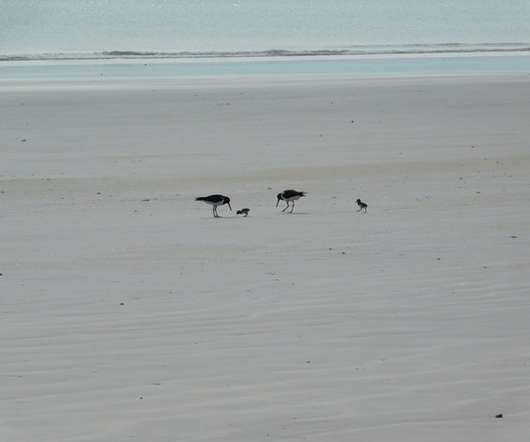
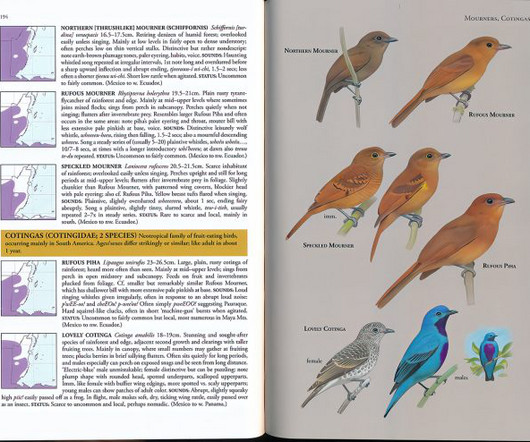
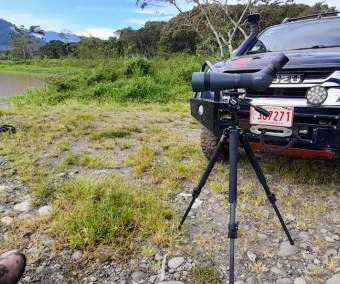
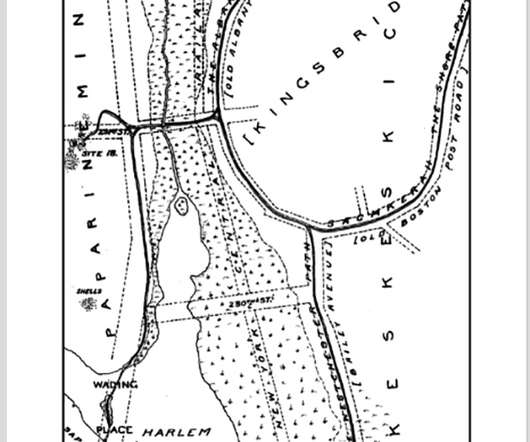























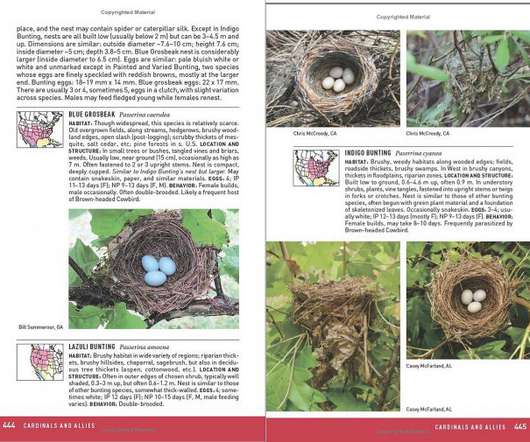

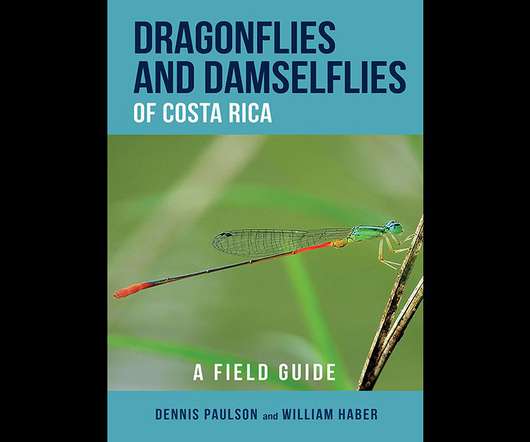
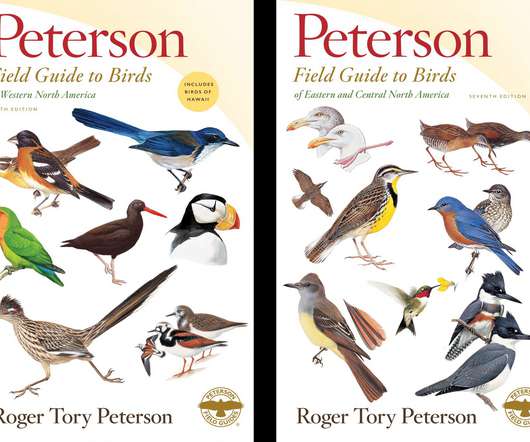

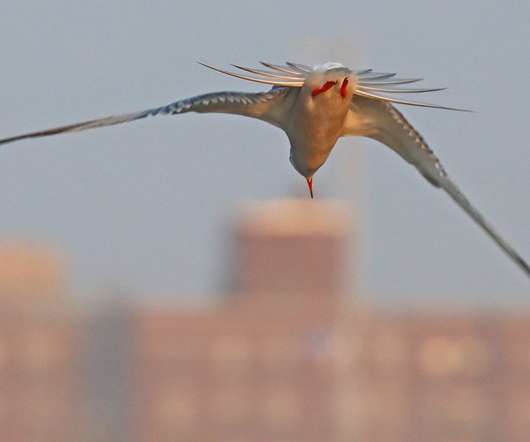


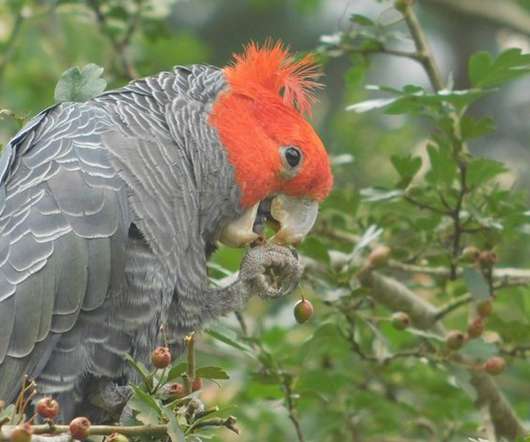






Let's personalize your content